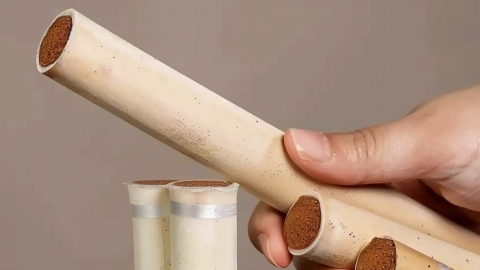What are the benefits and risks of moxibustion on the navel?
Moxibustion of the navel, which is also known as moxibustion of the Shenque (CV8) acupoint, generally has benefits such as warming yang and dispersing cold, regulating the spleen and stomach, improving physical weakness, promoting circulation, calming the mind, and aiding sleep. However, potential drawbacks include burns, aggravation of damp-heat symptoms, discomfort, interference with wound healing, and excessive dependence. If any abnormalities occur, prompt medical attention is recommended. Detailed explanations are as follows:

I. Benefits
1. Warming Yang and Dispersing Cold: Located at the navel, the Shenque acupoint responds well to the warm stimulation of moxibustion, which can penetrate deep into the body, support yang energy, and expel cold pathogens. It can help alleviate symptoms such as cold intolerance, cold limbs, and abdominal pain caused by yang deficiency.
2. Regulating the Spleen and Stomach: Moxibustion on the Shenque acupoint enhances the function of the spleen and stomach, promotes digestion and absorption, improves symptoms such as poor appetite, abdominal distension, and diarrhea caused by spleen and stomach weakness, and helps maintain stable gastrointestinal function.
3. Improving Physical Weakness: For individuals with weak constitutions or deficiencies in qi and blood, moxibustion at the Shenque acupoint can replenish vital energy, nourish the body, gradually alleviate symptoms like fatigue and low spirits, and enhance overall physical condition.
4. Promoting Circulation: The warm stimulation helps promote blood circulation in the abdomen, improves local blood flow, and thereby enhances systemic circulation, helping to relieve conditions such as cold hands and feet caused by poor circulation.
5. Calming the Mind and Aiding Sleep: Moxibustion at the Shenque acupoint regulates internal organ functions and calms the mind. It can serve as an adjunct for insomnia and frequent dreaming caused by disharmony of the spleen and stomach or yang deficiency, helping to improve sleep quality.
II. Drawbacks
1. Risk of Burns: The skin around the Shenque acupoint is delicate; if the moxa is too close or the treatment lasts too long, it may cause burns, resulting in redness, swelling, blisters, and potentially infection if not properly managed.
2. Aggravating Damp-Heat: For individuals with internal damp-heat, the warming nature of moxibustion may cause retention of damp-heat pathogens, worsening symptoms such as bitter taste in the mouth, yellow greasy tongue coating, and sticky stools, which is detrimental to recovery.
3. Inducing Discomfort: Some people may experience dizziness, nausea, or fatigue after moxibustion, often due to prolonged treatment or individual intolerance, requiring immediate cessation and rest.
4. Interference with Wound Healing: If there is skin damage or an open wound near the Shenque acupoint, the warmth from moxibustion may interfere with healing, cause pain or infection, and hinder recovery.
5. Overdependence: Relying solely on moxibustion at the Shenque acupoint for health regulation while neglecting other aspects of health management may delay the detection and treatment of diseases, affecting overall health.
Moxibustion at the Shenque acupoint should be performed according to one's individual constitution, with clear understanding of contraindications to avoid blind operation. Strict control of duration and distance during the procedure is essential, and it should be stopped immediately if discomfort occurs.






